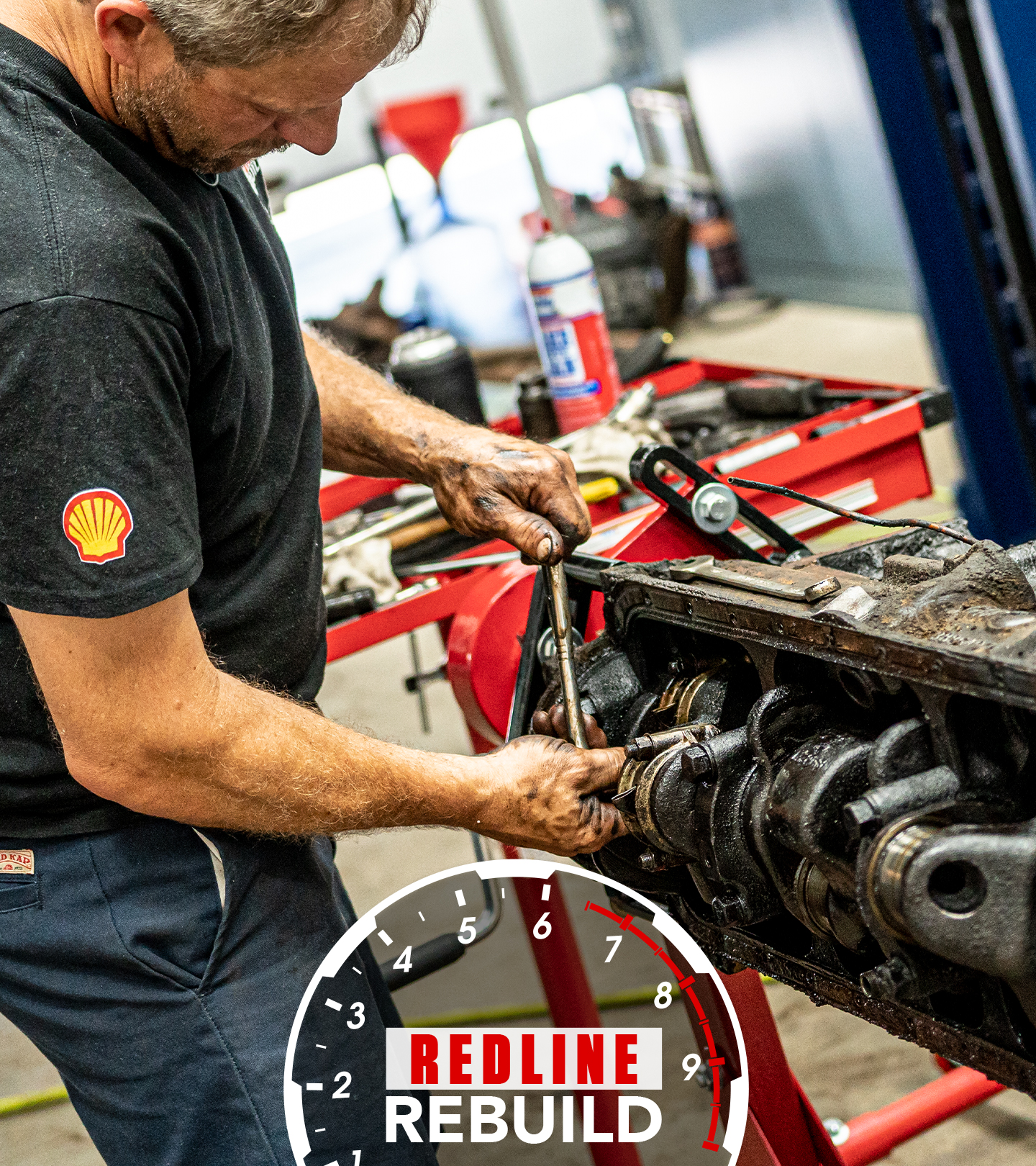The Toyota 2000GT was the fastest brand-building halo ever | Revelations with Jason Cammisa | Ep. 25 - Hagerty Media
Toyota’s 2000GT was one of the fastest cars in history. Its 16 international and world endurance-speed records have nothing to do with it: the Yamaha-built Toyota 2000GT did for Toyota in eight short years what took Hyundai more than three decades: it catapulted Toyota from the laughingstock maker of Japanese curiosities (like the 1958 Toyopet Crown) to the esteemed manufacturer of a Porsche-beating supercar.
Set out to be a world-beater, the 2000GT had the Jaguar E-Type in its sights (and its long hood) but the Lotus Elan under its skin. With a backbone chassis inspired by (read: shamelessly stolen from) the Lotus, the 2000GT competed directly with the best sports cars of its time.
In fact, its spec sheet reads like the best sports cars from decades later — with a 7000-rpm twin-cam engine, fully synchronized 5-speed manual, 4-wheel disc brakes, limited-slip differential, rack-and-pinion steering, and 4-wheel independent suspension with double wishbones at each corner.
The intricately and beautifully appointed interior features Rosewood and Mahogany woods finished by Yamaha’s musical instrument division.
Its exterior design is often incorrectly attributed to Albrecht Goertz but was in fact done internally at Yamaha and Toyota, with some inspiration taken from the Yamaha A5500X spec-built show car. Its similarities to the Datsun 240Z (Nissan S30 Fairlady) are unmistakable — but are the result of two cars designed in roughly the same era and with the same goals. Though let one thing be perfectly clear: the Toyota 2000GT cannot be a copy of the Nissan Fairlady Z; it came first.
In some ways, the 2000GT is the first Lexus, as it mirrors very closely the Lexus LF A: both had heavy influence from Yamaha, both were priced above their competitors, and worked as brand halos to catapult their markers’ reputations.
Learn about the history of the magnificent Toyota 2000GT here, in this episode of Revelations, researched, written, and hosted by Webby-award-winning automotive journalist Jason Cammisa.









